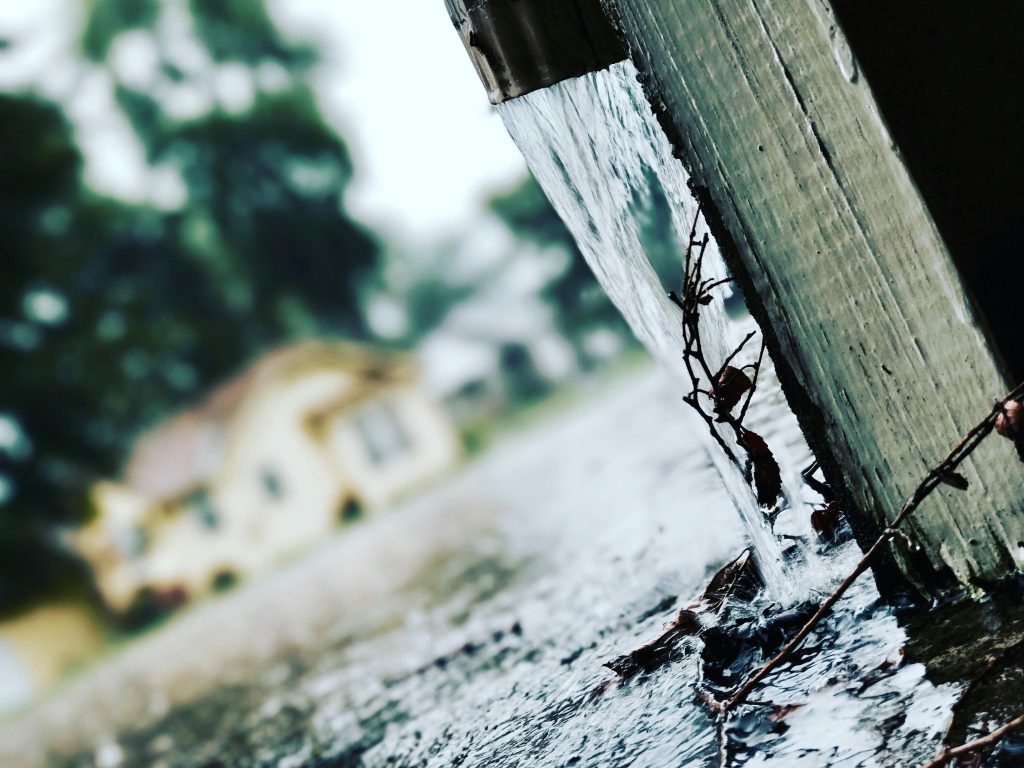Why early detection matters
Water damage can weaken the structure of a property over time. When moisture seeps into walls, floors, or foundations, it can cause rot, rust, and movement that threaten the building’s strength. Spotting early warning signs allows problems to be fixed before repairs become more costly or complex.
Common causes of structural water damage
Structural water damage usually begins with a moisture source. Leaking roofs, cracked gutters, burst pipes, or faulty drainage are common culprits. Groundwater or rising damp can also lead to ongoing moisture in walls and floors. Even small leaks can cause gradual damage if left unnoticed.
Early warning signs inside the home
There are several visual clues that water may be affecting the structure.
- Staining or discolouration: Brown or yellow patches on walls and ceilings often point to a leak.
- Peeling paint or wallpaper: Moisture behind the surface can lift finishes away from the wall.
- Cracked plaster: Persistent damp weakens plaster and causes cracks to appear.
- Warped or swollen wood: Skirting boards or door frames that have changed shape suggest hidden moisture.

Schedule Your Free Property Survey Now!

Signs of structural water damage outside the home
The exterior of a property often reveals the source of the problem.
- Blocked or damaged gutters: Overflowing water can run down walls and soak the brickwork.
- Cracks in render or pointing: These allow water to enter and cause damage behind the surface.
- Efflorescence: White salt deposits on bricks show that moisture is passing through the wall.
How water damage affects timber and masonry
When water reaches timber, it can lead to wet rot or dry rot. Both weaken the wood and, if left untreated, may compromise floor joists or roof beams. Masonry absorbs water too, and over time, this can lead to crumbling mortar and structural instability.
Hidden signs to watch for
Not all water damage is visible. A musty smell, cold damp patches, or uneven floors can all indicate hidden moisture. In some cases, plaster or skirting may appear sound while the structure behind it is already affected.

Damp Proofing
We specialise in protecting residential and commercial properties from unwanted moisture through effective damp proofing treatments.

Water Damage
Structural waterproofing acts as a preventive measure, ensuring that water is kept out and your property stays strong and secure.

Mould Removal
At Damp HQ, we specialise in providing full mould removal and prevention services that make sure your home remains mould free

Timber Preservation
We provide comprehensive timber treatment services to protect your home or business from issues like wet rot, dry rot, and woodworm.
How professionals assess structural water damage
A professional surveyor uses moisture meters and inspection tools to identify where water is entering the property. The survey determines whether the damage is caused by leaks, condensation, or rising damp. Once the cause is known, a suitable repair and prevention plan can be put in place.
Preventing future damage
Good maintenance helps reduce the risk of water damage. Regularly cleaning gutters, checking roof tiles, and sealing external cracks keeps water out. Inside, maintaining ventilation and repairing leaks quickly makes a big difference.

When to seek expert help
If you notice signs of damp, movement, or decaying timber, professional advice is essential. Early inspection can confirm whether there is structural damage and prevent the problem from spreading.
To find out more about how we can help with your damp and mould issues complete the form on this page and we will be in touch.

